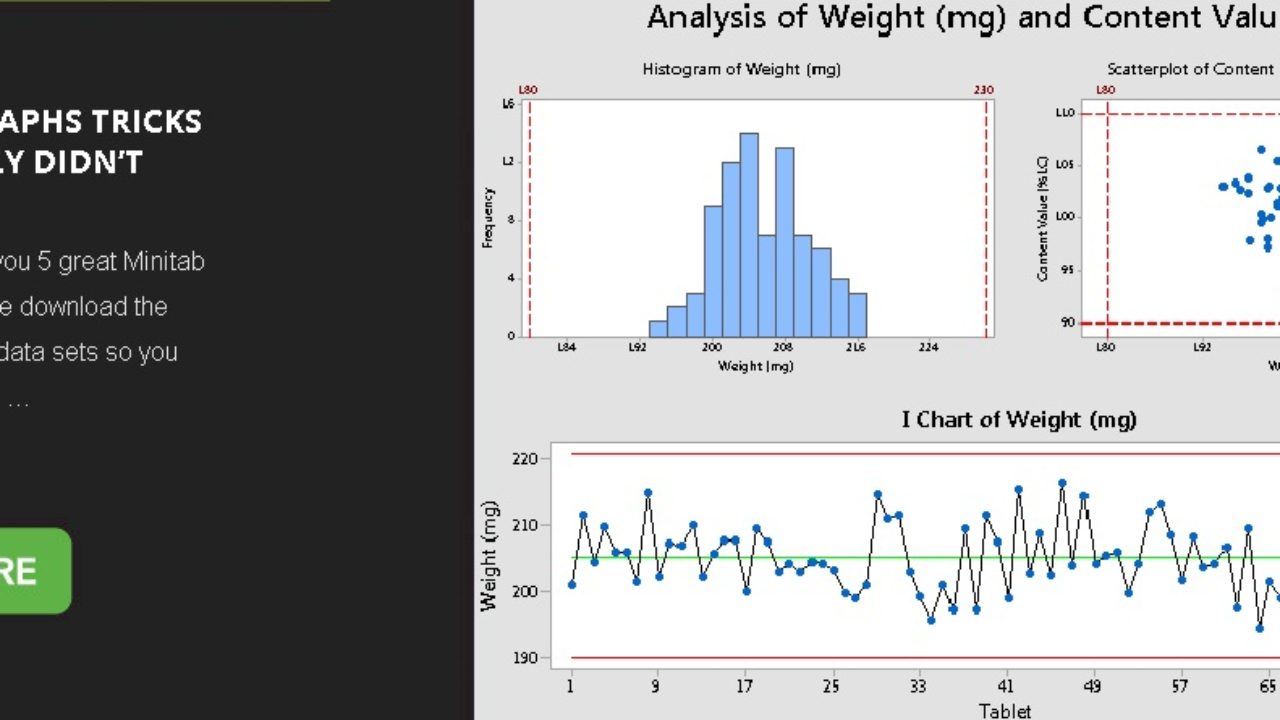

“the properties of the normal distribution that make these methods possible are not shared by nonnormal distributions” Why can you calc standard deviation for “all measurements”, but not “within-subgroup”? Sounds to me like they both need to be able to calc standard deviation. … The second method is to use the within-subgroup standard deviation to calculate the capability indices.” “The first method of calculating the standard deviation is to assume all measurements make one big sample, and calculate its sample standard deviation. OK, I’ve slept on it and I’m still confused. Cpk assumes that one unit away in either direction from the mean will have equal probability, whereas for a skewed distribution like this that is not even remotely close to reality. Your Cpk will be about 0.33 (based on CPL) whereas only CPU is realistic and would give a value of about 0.67. If you utilized Cpk, your value would be based on the mean being about 1 unit from the lower spec even though it is obvious you will never see a single data point below the lower spec. Imagine your specs are 0 and 3, and make a histogram of the data. However, almost every nonnormal distribution you come across is NOT symmetric, so Cpk is useless.Īs a quick example, go make some exponential data with a mean of 1. For Cpk to make sense, you have to have equal likelihood of falling outside of each spec given the same distance away for the metric to be useful, so you have to have a symmetric distribution. Think about the formulas for Cpk and Ppk – with Cpk, you are comparing to the closest spec whereas with Ppk you are comparing to the entire range of the specs.

I’ll give the short answer and then provide the long one in a link. And – You guys are way too concerned about Cpk for nonnormal data on a weekend!


 0 kommentar(er)
0 kommentar(er)
